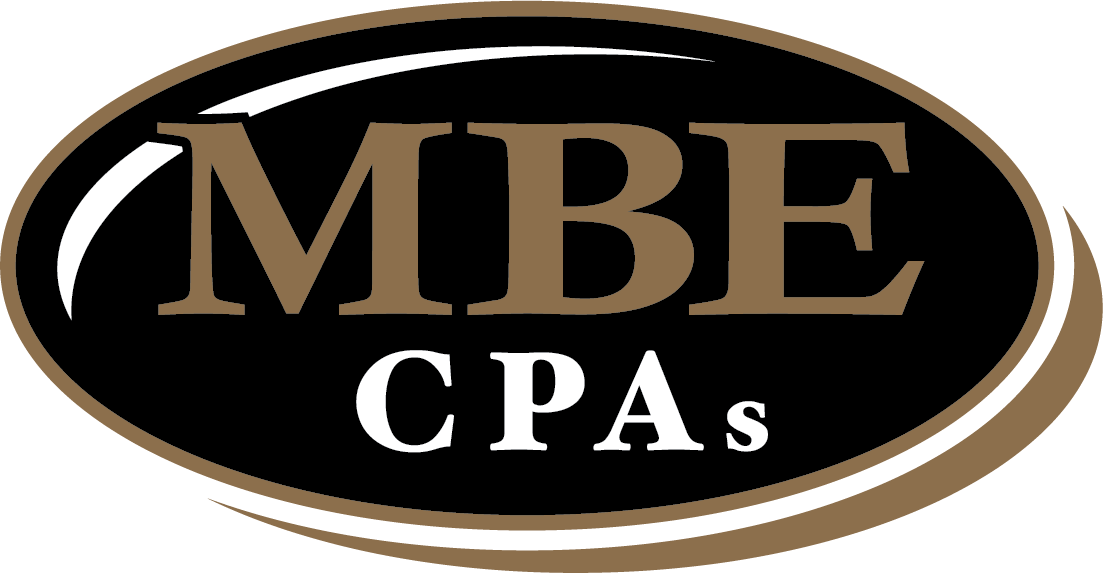6 Tax Credits for Manufacturing Businesses in Wisconsin

By: Collin Jahn, Manufacturing Tax Advisor
Wisconsin’s rich manufacturing history may have influenced your decision to set up shop here. But the truth is the state is facing some significant challenges in the manufacturing sector:
- Hiring and Retention
- Inflation
- Supply Chain Disruptions
- Stainless Steel
- Tariff Issues
- Wage Inflation
Luckily, both federal and state governments have stepped in to help. They’ve implemented tax credit programs specifically designed to support the manufacturing industry. These programs offer financial relief and encourage innovation, crucial for keeping our state’s manufacturing sector strong and competitive.
The best part? Taking advantage of the tax credits you qualify for could mean significant savings for your business each year. It could also give your company an edge over competitors and boost profitability.
Tax Credits vs. Tax Write-Offs
Both tax credits and tax write-offs or deductions are tax avoidance measures. The difference lies in how each factor in the computation of your taxes.
Tax write-offs differ from tax credits in that the former reduces your tax base to arrive at a lower tax liability, while the latter directly diminishes your tax liability.
Tax deductions are usually items in your operational expenses like self-rental, advertising, parking fees and tolls, and business mileage. Chances are, you’ve already accounted for these during tax preparation.
In contrast, if you haven’t been keeping up with tax laws and updates, you may have missed tax credits that are available to you. Luckily, our business tax advisors have compiled a list of six tax credits available to manufacturing businesses in Wisconsin and how to claim them!
Tax Credits for Manufacturing Businesses
From the Work Opportunity Tax Credit to the Wisconsin Manufacturing and Agricultural Credit and Business Development Tax Credit, our article breaks down each credit in simple terms and provides tips on maximizing your savings. Don’t miss out on the opportunities to save money on your taxes – download the full article now for a detailed presentation of these tax credits and more!
- Work Opportunity Tax Credit
- Research & Development Tax Credit
- Jobs Tax Credit
- Employee Retention Credit (Yes, you still have the chance to claim the ERC. Download the article now to find out how!)
- Wisconsin Manufacturing & Agricultural Credit
- Business Development Tax Credit
